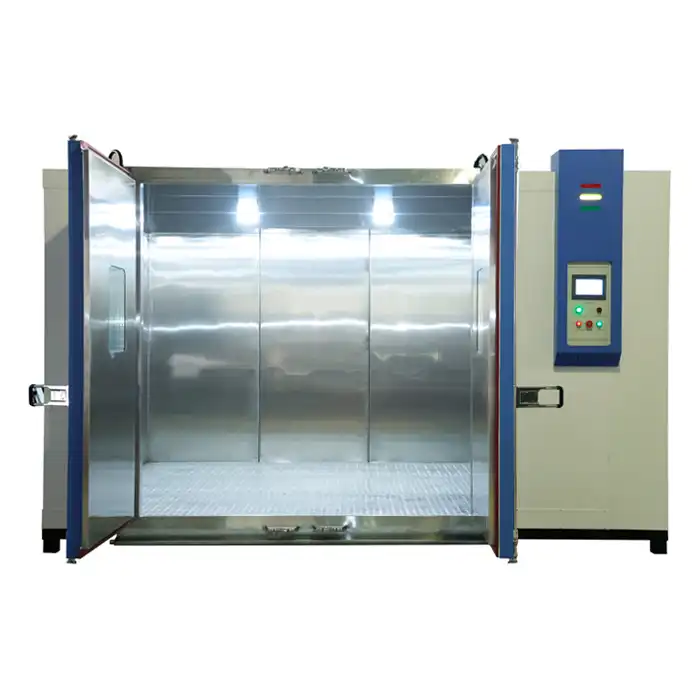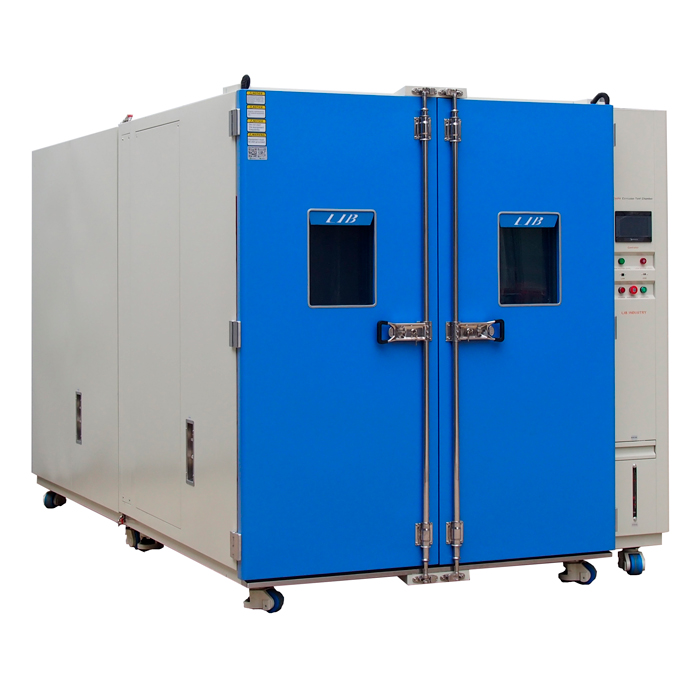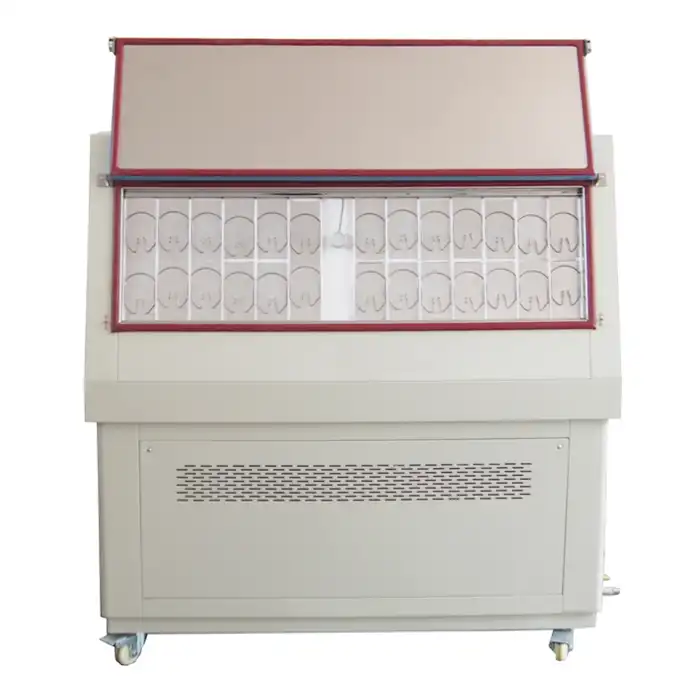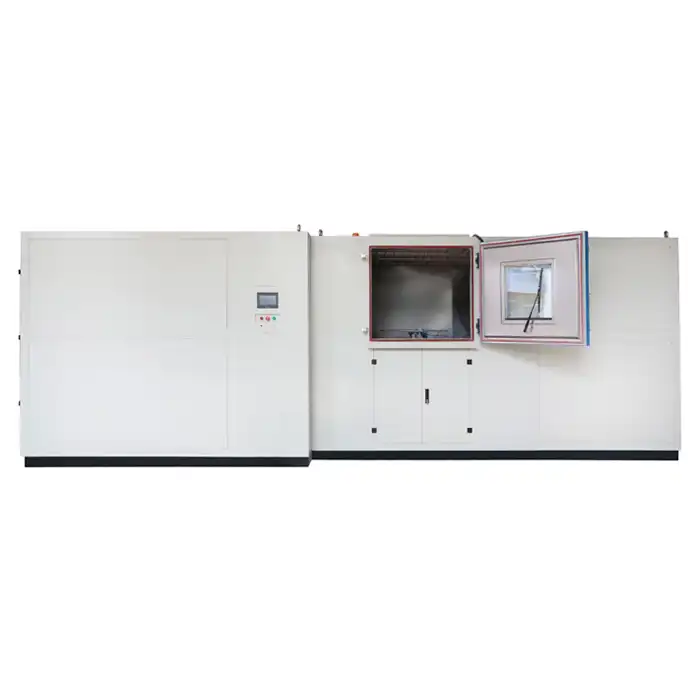How the ASTM G85 Salt and SO2 Spray Test Chamber Enhances Corrosion Testing?
The ASTM G85 salt and SO2 spray test chamber significantly enhances corrosion testing by providing a controlled environment that simulates aggressive atmospheric conditions. This advanced chamber combines salt spray and sulfur dioxide exposure, replicating real-world corrosive environments more accurately than traditional salt spray tests. By utilizing cyclic wet/dry conditions and precise control over temperature, humidity, and gas concentrations, the ASTM G85 chamber accelerates corrosion processes, allowing manufacturers to evaluate material performance and protective coatings more effectively. This comprehensive approach yields valuable data on corrosion resistance, enabling industries to develop more durable products and implement superior corrosion prevention strategies, ultimately leading to improved product quality and longevity in harsh environmental conditions.
What is the ASTM G85 Salt and SO2 Spray Test Chamber?
The Evolution of Corrosion Testing
Corrosion testing has come a long way since its inception. Traditional methods often fell short in accurately replicating real-world conditions, leading to discrepancies between laboratory results and actual product performance. The ASTM G85 salt and SO2 spray test chamber represents a significant leap forward in this field, addressing the limitations of its predecessors and providing a more comprehensive approach to corrosion evaluation.
This advanced chamber combines the corrosive effects of salt spray with the additional degradation caused by sulfur dioxide, creating a more realistic simulation of industrial and coastal environments. By introducing cyclic wet and dry conditions, the chamber mimics the natural fluctuations in humidity and temperature that materials experience in the real world, further enhancing the accuracy of the tests.

Key Components of the ASTM G85 Chamber
The ASTM G85 salt and SO2 spray test chamber is a complex system comprised of several crucial components working in harmony. At its core, the chamber features a robust, corrosion-resistant enclosure designed to withstand the harsh internal environment it creates. This enclosure houses sophisticated spray nozzles that uniformly distribute the salt solution and sulfur dioxide gas throughout the chamber.
Temperature and humidity control systems maintain precise environmental conditions, while gas flow regulators ensure accurate concentrations of sulfur dioxide. Advanced monitoring equipment continuously tracks and records test parameters, allowing for real-time adjustments and comprehensive data collection. The chamber also incorporates a drainage system to manage waste and maintain cleanliness during extended test cycles.
Operating Principles and Test Procedures
The operation of an ASTM G85 salt and SO2 spray test chamber follows a carefully designed protocol to ensure consistent and reliable results. The test procedure typically begins with the preparation of test specimens, which are carefully cleaned, measured, and positioned within the chamber. The salt solution, usually a mixture of sodium chloride and deionized water, is prepared according to specific concentrations outlined in the ASTM G85 standard.
Once the chamber is sealed, the test cycle commences. This cycle often involves alternating periods of salt spray, sulfur dioxide exposure, and controlled drying. The duration and intensity of each phase can be adjusted based on the specific test requirements. Throughout the process, the chamber maintains precise control over temperature, humidity, and gas concentrations, ensuring that test conditions remain stable and reproducible.
Benefits of Using ASTM G85 Salt and SO2 Spray Test Chamber
Enhanced Simulation of Real-World Conditions
One of the primary advantages of the ASTM G85 salt and SO2 spray test chamber is its ability to create a more realistic simulation of corrosive environments. By combining salt spray with sulfur dioxide exposure, the chamber replicates the complex chemical interactions that occur in industrial and coastal settings. This multi-faceted approach provides a more accurate representation of the corrosive challenges that materials and coatings face in actual use.
The cyclic nature of the test, alternating between wet and dry conditions, further enhances this realism. In the real world, materials are rarely subjected to constant exposure to corrosive elements. Instead, they experience periods of moisture followed by drying, which can accelerate corrosion processes. The ASTM G85 chamber captures this dynamic, offering insights into how materials perform under these fluctuating conditions.
Accelerated Testing for Faster Results
Time is often a critical factor in product development and quality assurance processes. The ASTM G85 salt and SO2 spray test chamber addresses this need by accelerating corrosion processes, allowing manufacturers to obtain valuable data in a fraction of the time required for natural exposure testing. This acceleration is achieved through the controlled application of aggressive corrosive agents and environmental conditions that promote rapid degradation.
By compressing years of environmental exposure into weeks or months of testing, the ASTM G85 chamber enables faster product development cycles and more responsive quality control measures. This accelerated testing capability is particularly valuable in industries where product durability and longevity are crucial, such as automotive, aerospace, and marine applications.
Improved Data Collection and Analysis
The sophisticated design of the ASTM G85 salt and SO2 spray test chamber incorporates advanced monitoring and data collection systems. These systems continuously track and record critical test parameters, including temperature, humidity, salt concentration, and sulfur dioxide levels. This comprehensive data capture provides researchers and quality control professionals with a wealth of information to analyze and interpret.
The ability to collect detailed, time-stamped data throughout the test cycle allows for more nuanced analysis of corrosion progression. Researchers can identify critical points in the corrosion process, correlate environmental conditions with material degradation, and develop more accurate predictive models for long-term performance. This enhanced data collection and analysis capability leads to more informed decision-making in material selection, coating formulation, and product design.
Applications and Impact on Various Industries
Automotive Industry: Ensuring Longevity and Safety
The automotive industry stands as one of the primary beneficiaries of the ASTM G85 salt and SO2 spray test chamber. Vehicle manufacturers utilize this advanced testing method to evaluate the corrosion resistance of various components, from body panels and undercarriage parts to critical safety features. By subjecting these elements to accelerated corrosion testing, automakers can identify potential weaknesses and implement improvements before vehicles reach the market.
This proactive approach not only enhances the longevity and aesthetic appeal of vehicles but also contributes significantly to passenger safety. Corrosion-resistant components are less likely to fail prematurely, reducing the risk of accidents caused by structural deterioration. Furthermore, the data gathered from ASTM G85 testing informs the development of more effective protective coatings and corrosion-resistant alloys, pushing the boundaries of automotive durability and reliability.
Aerospace: Safeguarding Critical Components
In the aerospace industry, where safety and reliability are paramount, the ASTM G85 salt and SO2 spray test chamber plays a crucial role in material evaluation and quality assurance. Aircraft components are exposed to a wide range of environmental conditions, from the salt-laden air of coastal regions to the pollutant-rich atmosphere around industrial areas. The comprehensive testing capabilities of the ASTM G85 chamber allow aerospace engineers to simulate these diverse environments and assess the performance of materials and protective coatings under extreme conditions.
By utilizing this advanced testing method, aerospace manufacturers can develop more resilient materials for aircraft structures, engines, and critical systems. This not only enhances the safety and reliability of aircraft but also contributes to increased operational efficiency by reducing maintenance requirements and extending the service life of components. The insights gained from ASTM G85 testing drive innovation in aerospace materials science, leading to the development of lighter, stronger, and more corrosion-resistant materials that push the boundaries of aviation technology.
Marine and Offshore Industries: Combating Harsh Environments
Perhaps no other sector faces more challenging corrosive conditions than the marine and offshore industries. Constant exposure to saltwater, coupled with the presence of industrial pollutants in many coastal areas, creates an extremely aggressive environment for materials and structures. The ASTM G85 salt and SO2 spray test chamber provides an invaluable tool for evaluating the performance of materials, coatings, and protective systems designed for these demanding applications.
Shipbuilders, offshore platform operators, and marine equipment manufacturers rely on data from ASTM G85 testing to select appropriate materials and develop effective corrosion prevention strategies. This testing helps ensure the longevity of ships, offshore structures, and underwater equipment, reducing maintenance costs and minimizing the risk of failures in critical systems. Moreover, the insights gained from accelerated corrosion testing contribute to the development of innovative anti-corrosion technologies, such as advanced cathodic protection systems and smart coatings, that are revolutionizing corrosion management in marine environments.
Conclusion
The ASTM G85 salt spray test chamber represents a significant advancement in corrosion testing technology, offering unparalleled insights into material performance under aggressive environmental conditions. By providing a more realistic simulation of complex corrosive environments and accelerating the testing process, this innovative chamber enables industries to develop more durable products, implement superior corrosion prevention strategies, and ultimately enhance the safety and reliability of their offerings. As environmental challenges continue to evolve, the ASTM G85 chamber stands as a crucial tool in the ongoing battle against corrosion, driving innovation and ensuring the longevity of critical infrastructure and products across various sectors.
Contact Us
For more information about our ASTM G85 Salt and SO2 Spray Test Chamber and how it can benefit your corrosion testing needs, please contact LIB Industry at info@libtestchamber.com. Our team of experts is ready to assist you in implementing this advanced technology to enhance your product development and quality assurance processes.
References
1. ASTM International. (2019). "ASTM G85 - Standard Practice for Modified Salt Spray (Fog) Testing." ASTM Standards.
2. Corrosion Testing Laboratories. (2018). "Comparative Study of Salt Spray and Cyclic Corrosion Testing Methods." Journal of Materials Engineering and Performance.
3. National Association of Corrosion Engineers. (2020). "Advancements in Accelerated Corrosion Testing Techniques." NACE International.
4. Society of Automotive Engineers. (2021). "Impact of ASTM G85 Testing on Automotive Corrosion Prevention Strategies." SAE Technical Paper Series.
5. American Institute of Aeronautics and Astronautics. (2019). "Corrosion Testing in Aerospace: From Salt Spray to Cyclic Exposure." AIAA Journal.
6. International Maritime Organization. (2020). "Corrosion Prevention in Marine Environments: The Role of Advanced Testing Methods." IMO Technical Report.



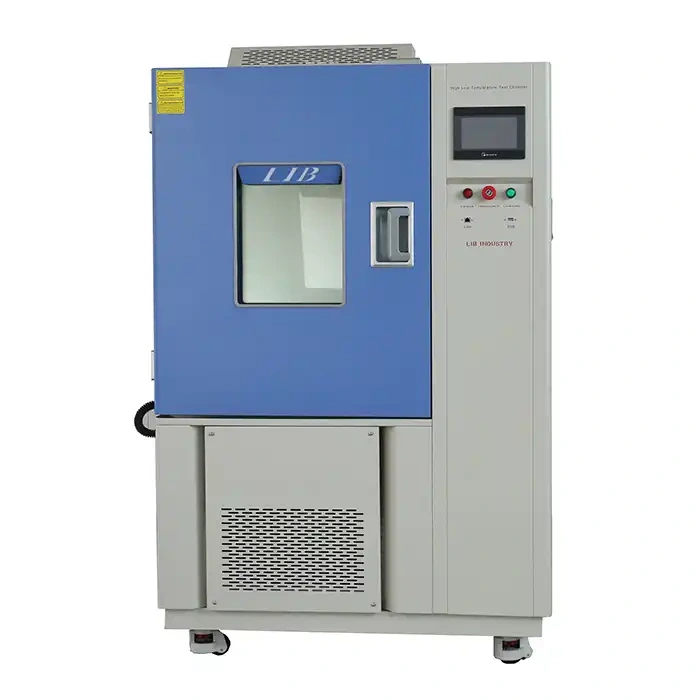
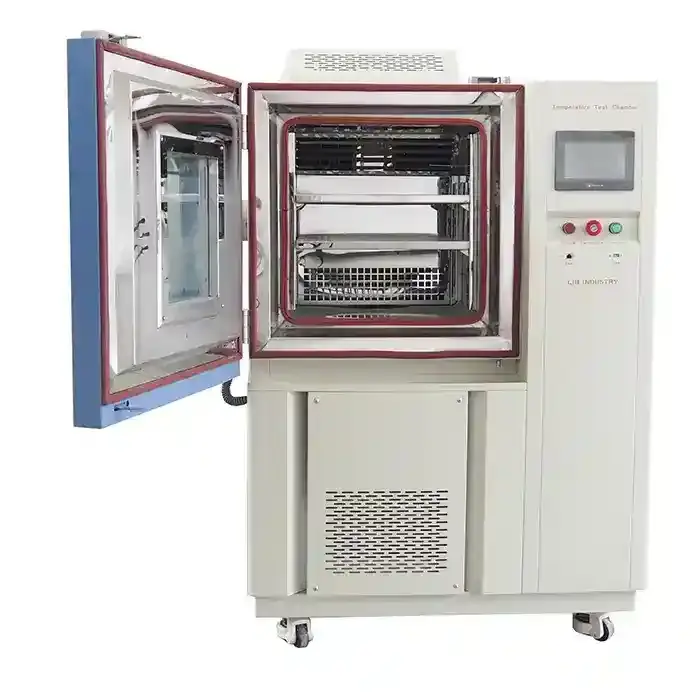
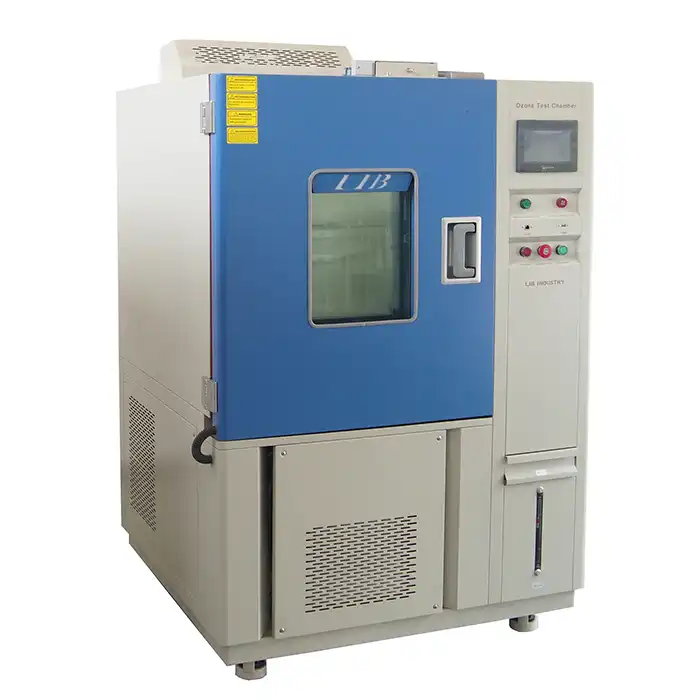
.webp)
